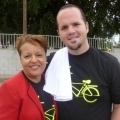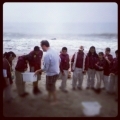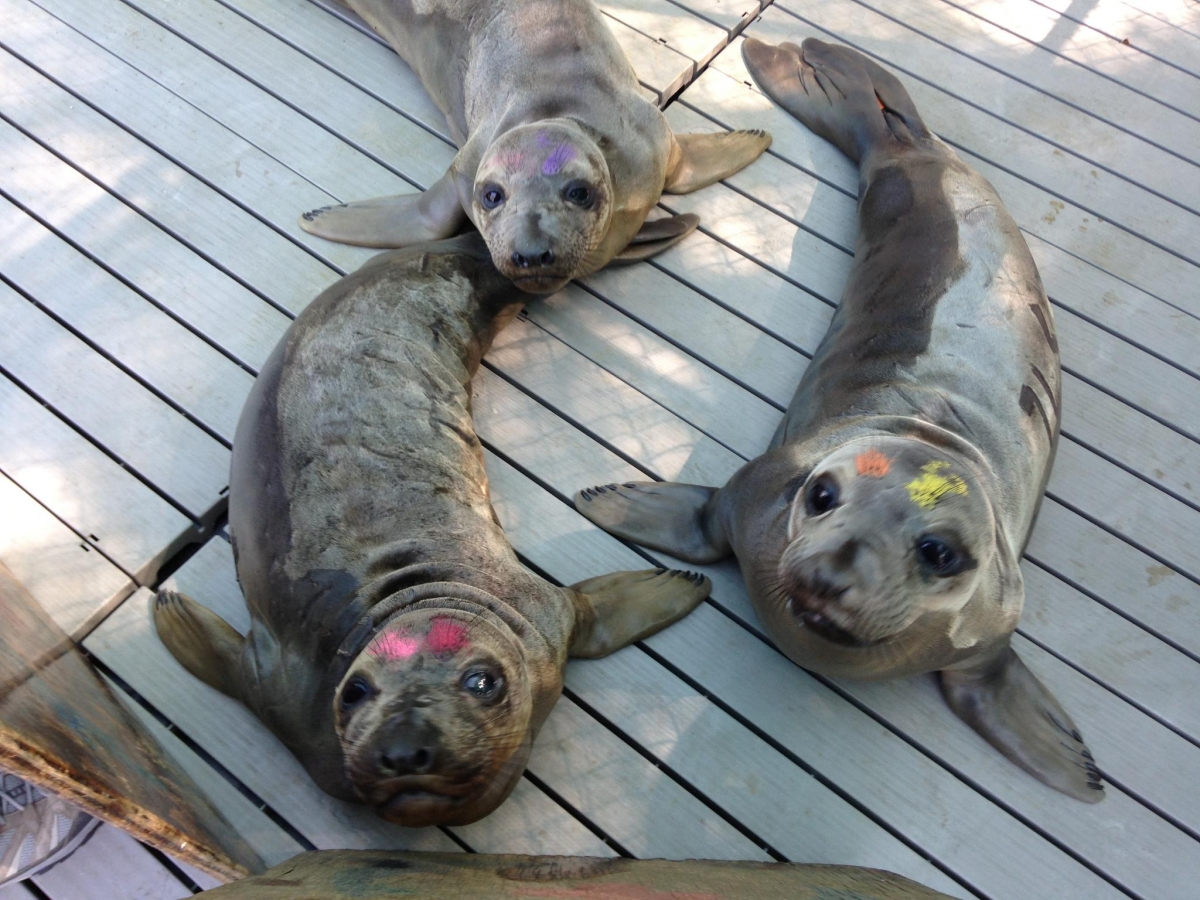Seven years ago, Heal the Bay eliminated single use plastic water bottles from our events in an effort to not generate as much waste or trash as we were picking up at our cleanups.
Now when you join a Heal the Bay cleanup, you can visit the water station to refill your reusable water bottle, or use a 3 oz. paper cup. This transition away from plastic to alternatives was so successful that we considered reducing or eliminating other waste-producing elements of our cleanups.
So in 2010, Heal the Bay introduced a “zero waste” clean-up idea at a number of Coastal Cleanup Day sites. The “zero waste” cleanup involved eliminating latex gloves and plastic water bottles, and significantly reducing the number of plastic bags used for collecting trash. Instead of latex gloves, Heal the Bay requested that people bring their own, or use one of our cloth gloves. In addition, Heal the Bay provided “painter’s buckets” for participants to place their collected trash. These “zero waste” events became so popular that we co-opted the “B.Y.O.B” acronym to mean “Bring Your Own Bucket”.
Over the last three years, Heal the Bay’s “zero waste” cleanups have been able to substantially reduce the trash generated from producing these cleanups. For example, the we’ve reduced the waste generated at an event from plastic water bottles from 100 12 oz. bottles to two or three gallon-size water bottles. We now use an average of 15 plastic bags, rather than 250; and 50 latex gloves versus 600.
This successful transition has encouraged us to expand our “zero waste” clean-ups beyond Coastal Cleanup Day to our other clean-up programs like Corporate Healers and Nothing But Sand events. In fact, Heal the Bay is striving to make this the “Zero Waste” Clean-up year. HOORAY!
Do you want to party with us in our “nothingness”? Great! You’re invited to celebrate our “Nothingness” and all its glory this Saturday, May 18 from 10 a.m. to Noon at our Nothin’ But Sand beach cleanup at Will Rogers State Beach (at the end of Temescal Canyon Road on PCH). The beautiful venue will be provided — all you have to do is bring yourself, your gloves, and your bucket. See you there!





